Ce texte du psychiatre Yann Auxéméry, sur « Historique et actualité du concept d’hallucination négative », paru dans les Annales Médico-psychologiques, revue psychiatrique (Volume 173, Issue 3, mars 2015, pp. 220–224), fait référence aux travaux de German Arce Ross sur les facteurs blancs et leurs liens avec l’hallucination négative.
L’auteur affirme que « l’hallucination visuelle négative se différencie d’une cécité neuro-ophtalmologique : une atteinte neuro-ophtalmologique peut entraîner un scotome fixe du champ visuel alors qu’une hallucination négative caractérise l’effacement d’un objet quelle que soit sa position.
« L’association signifiante “hallucination négative” paraît paradoxale. Comment n’halluciner de rien ?
« L’hallucination positive en tant que perception sans objet s’oppose au moins en apparence à l’hallucination négative qui caractérise un objet sans perception. Évoqué depuis les débuts de la psychanalyse avant d’être repris par Ey, puis Green, le concept d’hallucination négative a été jugé cardinal dans la psychopathologie malgré la théorisation confidentielle qui lui a été dévolue et le faible intérêt éditorial qui lui a été consacré ces trente dernières années.
«Dans la clinique contemporaine du trauma, le terme d’hallucination négative pourrait rendre compte d’un mécanisme de défense particulier, ne se référençant ni au refoulement ni à la projection, mais rendant compte de la représentation d’absence de représentation. »
Negative Hallucinations and White Factors
This text of psychiatrist Yann Auxéméry on « History and actuality about the concept of negative hallucination », in : Annales Médico-psychologiques, Psychiatric Journal (Volume 173, Issue 3, March 2015, pp. 220-224), refers to the work of German Arce Ross on white factors and their links with the negative hallucination.
Abstract
« The significant association “negative hallucination” seems paradoxical. How is it possible to hallucinate about nothing? From Bernheim to Freud, Ey to Green as well as Lacan, negative hallucination has been the subject of much debate between productivity and negative reaction.
« We will reconsider this historical progression by clarifying the concepts. If the problem of negative hallucination has been regularly described as a cardinal point of psychopathology, no author has really developed a specific theory clarifying this clinical phenomenon.
« For us today, the term negative hallucination highlights a specific defence mechanism, referring neither to repression nor projection, but explaining the representation of absence of representation which characterizes the clinical aspect of the traumatic moment.
« At the time of the terror, the subject’s inability to recognize their subjective involvement in the traumatic scene leads to an attempted de-subjectification, possibly protective of a much deeper depatterning at first, but which will soon reinforce the revivifications which seem to impose themselves from the exterior. Although the trauma and the post-traumatic reaction may be expressions of psychosis, and some authors have argued that “post-traumatic neurosis” is undoubtedly not neurosis, the concept of negative hallucination unites these clinical phenomena.
« The subject cannot repress or directly represent the trauma, so they represent the absence of representation by an occasional significant void, which can only remain temporary as long as this defensive mechanism of de-subjectification is overcome. »
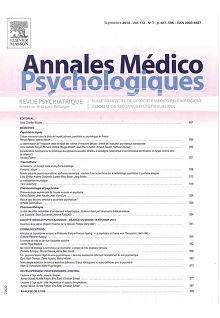
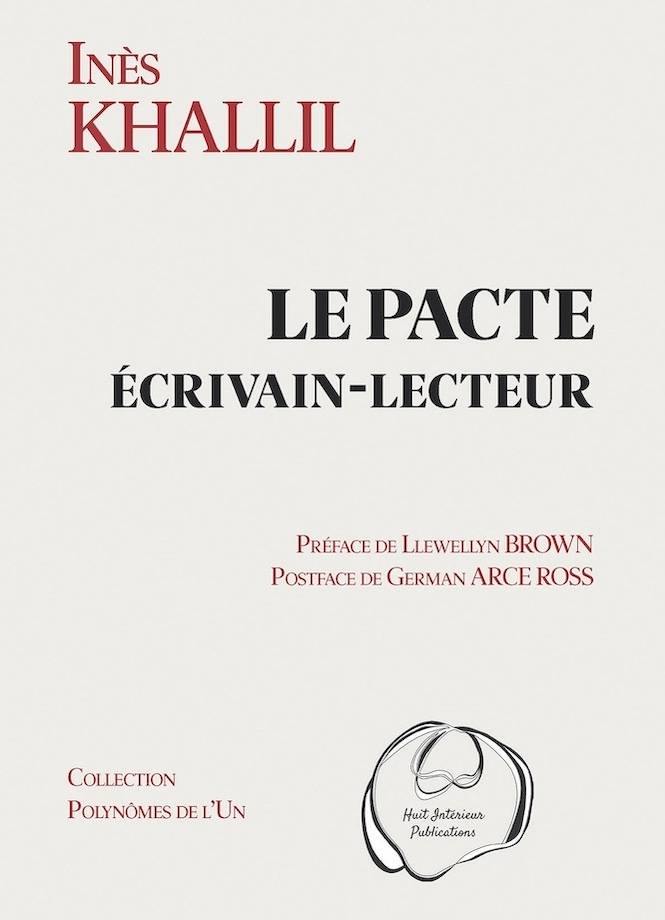
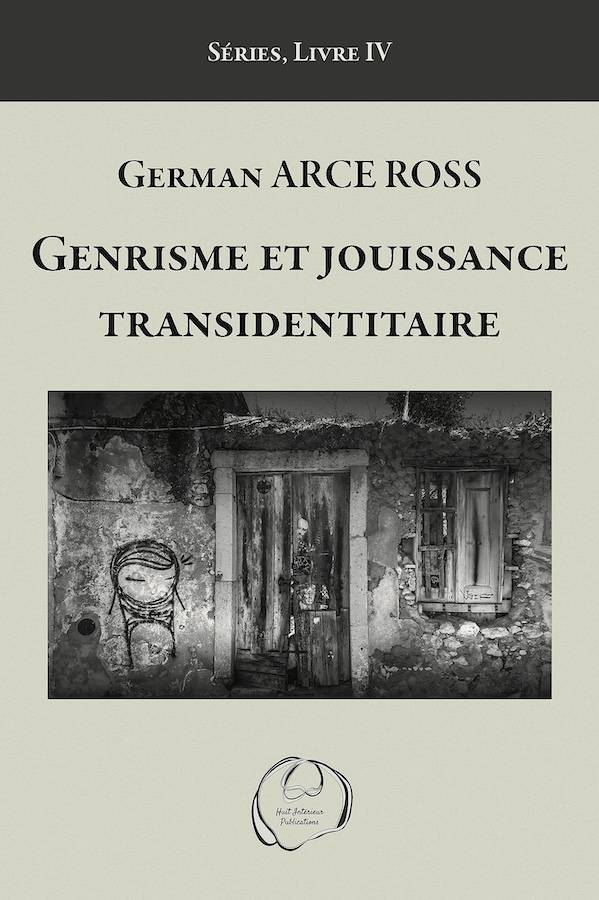


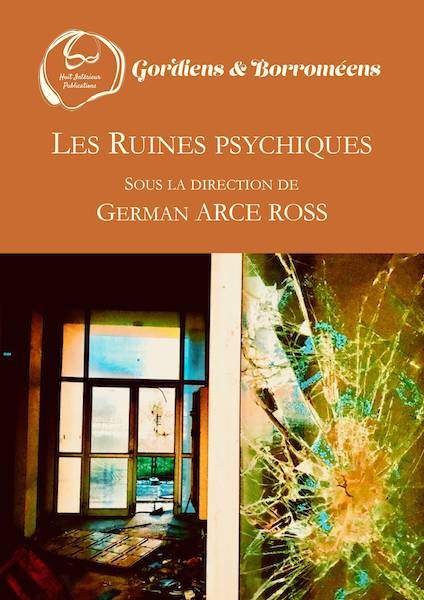
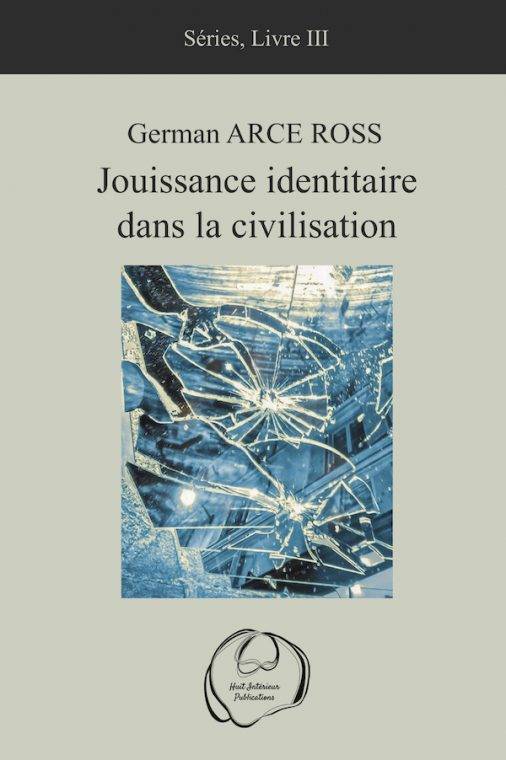
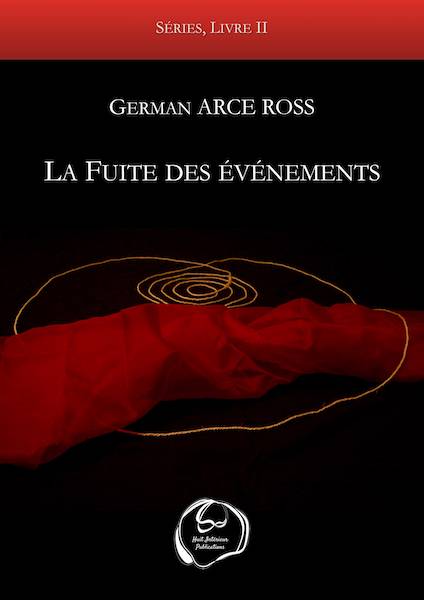
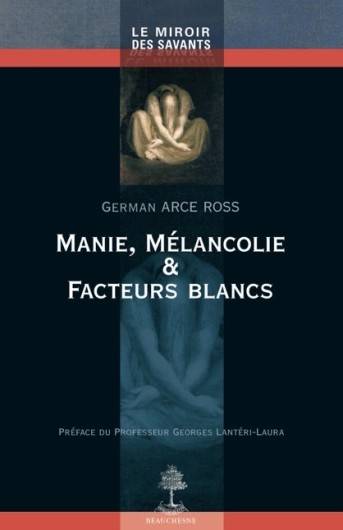

Commentaires récents